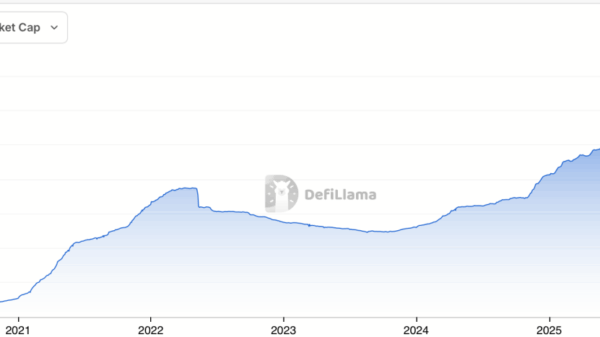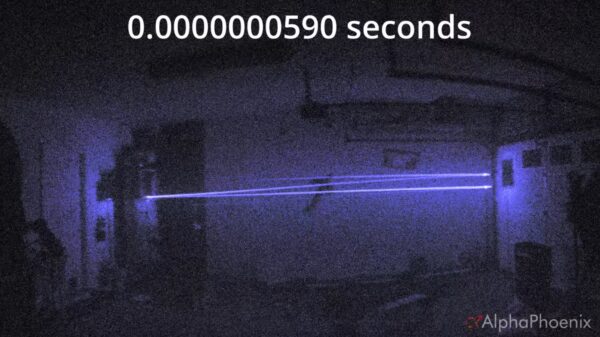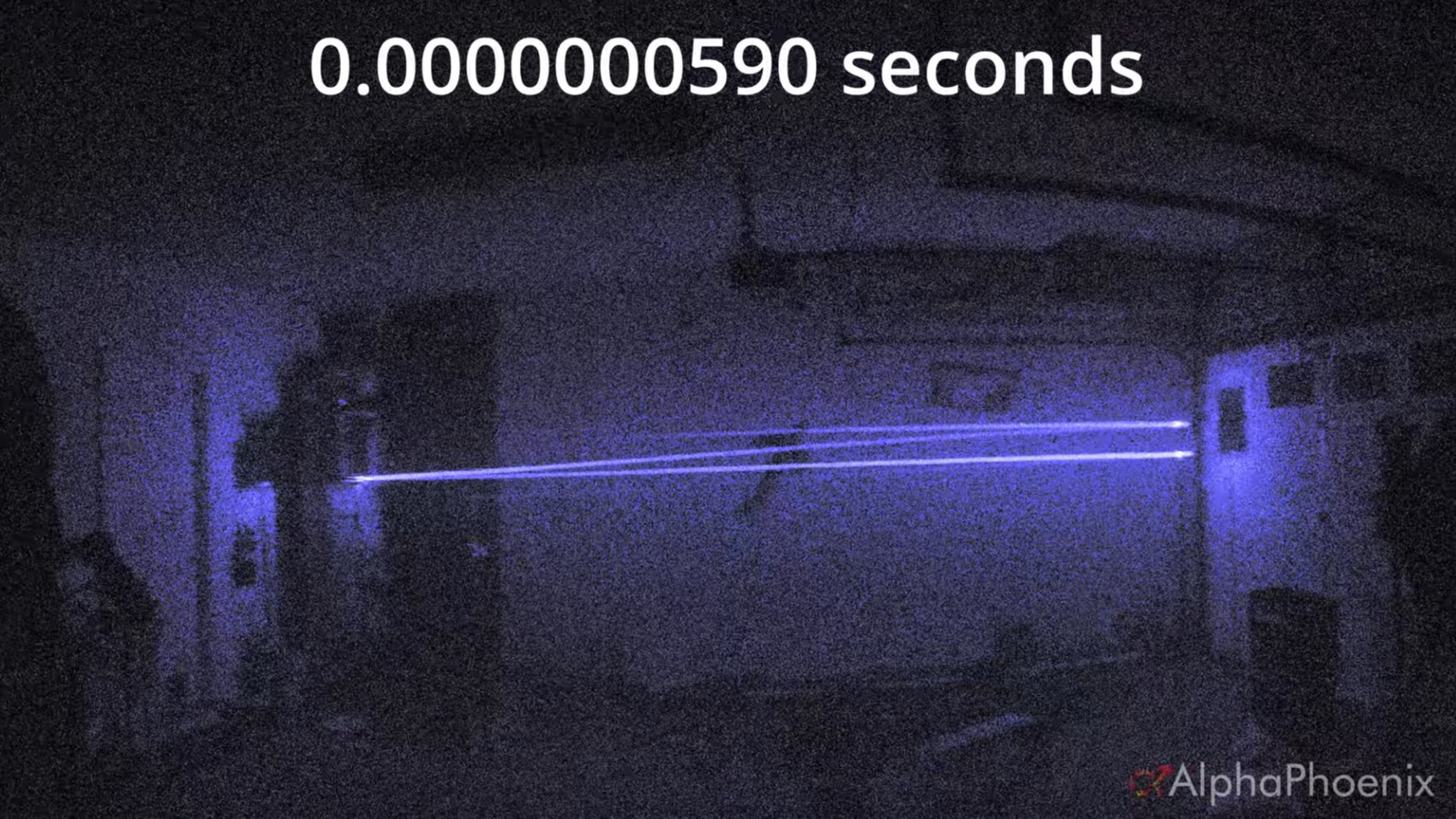Filmmaker Brian Haidet has achieved a remarkable milestone in high-speed photography by recording a laser beam at an astonishing 2 billion frames per second. This innovative experiment, shared on his AlphaPhoenix channel, employs a unique method that, while limited to a single pixel, produces a compelling visual result through repetition.
Haidet’s latest project marks a significant advancement from his previous work, where he created a video camera capable of capturing footage at 1 million frames per second in December 2022. To reach the new speed, he completely overhauled his setup, upgrading virtually every component including motors, hardware, oscilloscope, signaling, recording software, and processing software.
Visualizing Special Relativity
One of the most intriguing outcomes of this enhanced setup is the optical illusion of light appearing to travel faster when it moves towards the camera compared to when it moves away. This phenomenon can be attributed to the experimental design: laser beams reflecting off fog particles closer to the camera arrive sooner than those bouncing back from particles further away. Essentially, Haidet’s work serves as a visualization of special relativity in action, crafted in his personal workshop.
The implications of such high-speed photography extend beyond mere curiosity. This technology could potentially enhance understanding in various scientific fields, including physics and optics. Haidet’s experiment not only showcases cutting-edge techniques but also invites viewers to ponder the nature of light and perception.
For those interested in delving deeper into the technical aspects of this groundbreaking work, additional materials and insights are available through his channel, offering a comprehensive look at the intricacies of this unique project.
Through his persistent experimentation and dedication to innovation, Brian Haidet continues to push the boundaries of what is possible in the realm of high-speed imaging. His work exemplifies the intersection of art and science, capturing moments that are invisible to the naked eye and challenging our understanding of fundamental physical principles.


































































